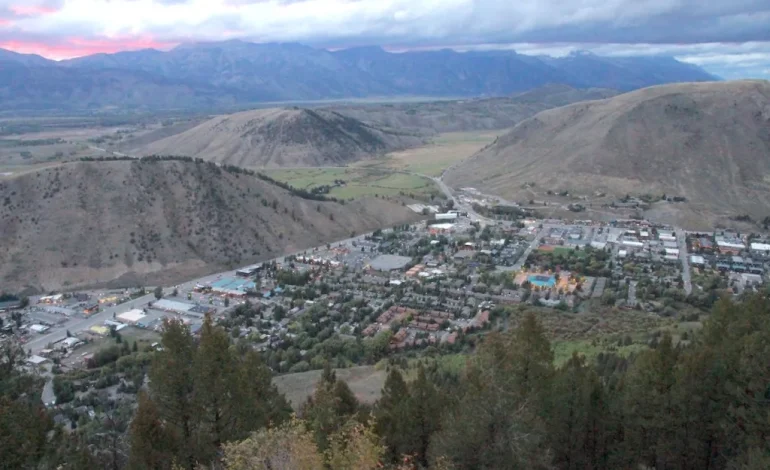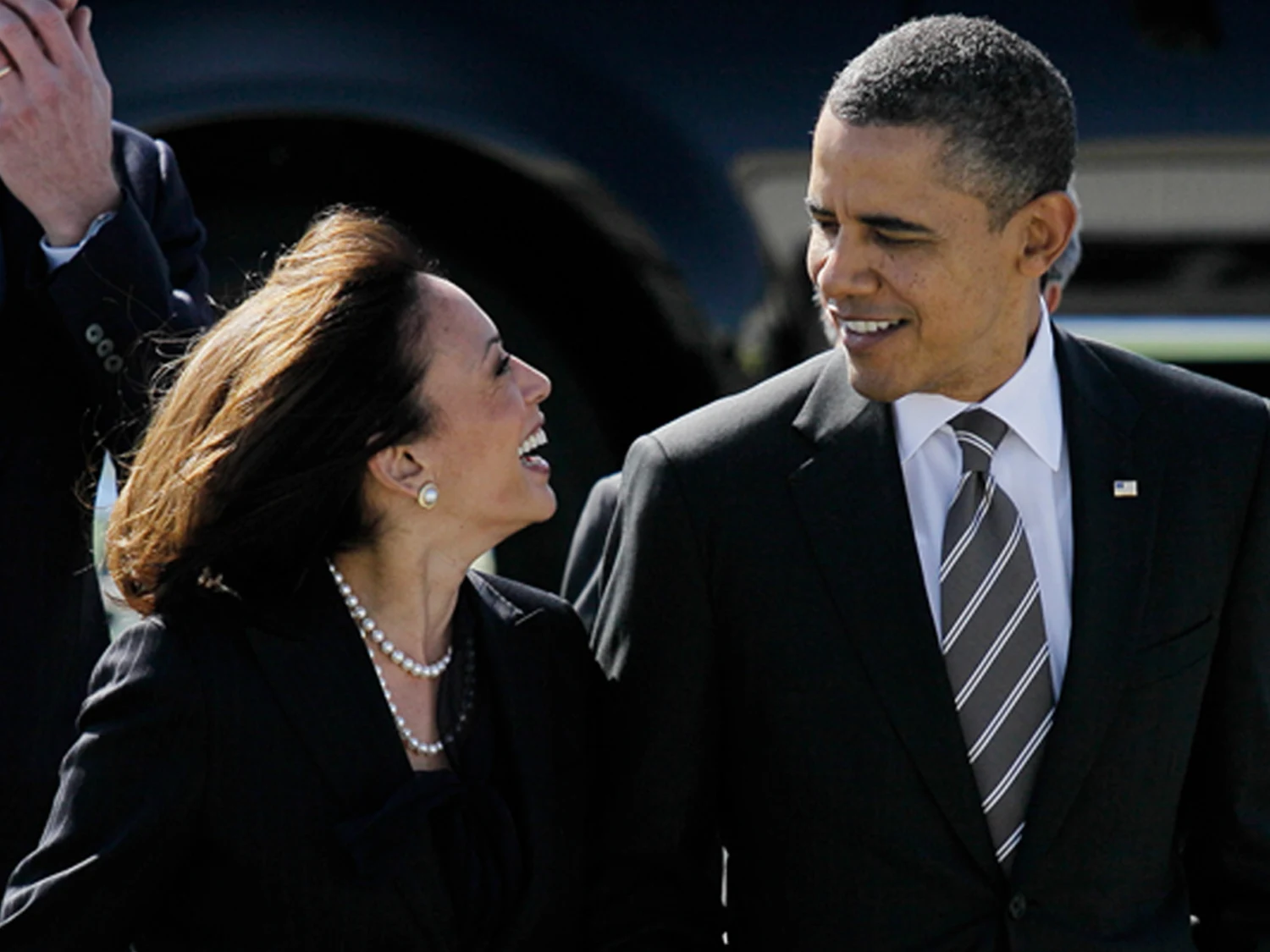A proposed federal budget measure under consideration in Congress has sparked concern in Wyoming over the potential sale and development of public lands, including some of the state’s most iconic outdoor areas, WyoFile reports.
A map produced by the Wilderness Society indicates that federal land near Green River, and around Fremont and New Fork lakes, could be eligible for sale under the legislation.
The plan, part of a broader Republican-led budget reconciliation effort, stems from language introduced by US Sen. Mike Lee (R–Utah) that would require the sale of federally owned land at fair market value. The measure aims to reduce the federal deficit and promote affordable housing, although critics argue it could lead to private development of vast swaths of cherished public land without adequate environmental review or public input.
While the Senate Energy and Natural Resources Committee has not yet published a definitive map of lands that may be eligible for sale, the Wilderness Society has outlined a preliminary estimate showing up to 15 million acres in Wyoming alone could be nominated. Statewide, this includes areas within the Wyoming Range, around Jackson Hole and Star Valley, and significant portions of the Medicine Bow National Forest, Bighorn Mountains, and BLM-managed lands.
According to the National Wildlife Federation, as many as 2 to 3 million acres could ultimately be sold across the western US after receiving secretarial approval. Eligible parcels could be nominated for sale by interested parties, with local governments — but not tribal nations — given the first right of purchase.
In addition to raising concerns about potential environmental impacts, critics worry the bill could compromise traditional access to lands used for recreation and agriculture. The proposal originally excluded lands under grazing permits but was revised to include them. This prompted concern from ranchers and agricultural groups.
However, Wyoming Stock Growers Association executive vice president Jim Magagna said federal staff have since promised new language that would fully protect lands currently under grazing permits.
“That satisfies our concerns,” he stated, pending final language review.
Opponents argue the measure threatens Wyoming’s outdoor culture and economy. Peter Linn, an outfitter, warned that large-scale sales could lead to private resorts or high-end developments that displace traditional uses like hunting, fishing, and hiking. Casper resident Neil Short described the proposal as a fundamental shift, writing that it could “drive a dagger into the heart of our Wyoming way of life.”
Supporters, including Sen. Lee, claim the measure could help address housing shortages in western states by expanding available land for development. However, there is no requirement that land developed under the program remain affordable. The bill only calls for nominated parcels to include an explanation of how they might “address local housing needs including housing supply and affordability.”
Critics also point out the bill would bypass key federal environmental laws, fast-tracking sales by requiring nominations within 30 days of the bill’s passage. Public notice and comment requirements under laws like the National Environmental Policy Act would not apply.
The proposal does not include federally protected lands such as national parks or designated wilderness areas. It also excludes Montana, a concession reportedly made to secure political support from that state’s delegation.
Wyoming senators John Barrasso and Cynthia Lummis have not issued specific responses to the measure. While Lummis has expressed general support for land sales as part of federal land management reform, both senators have been urged by conservation and recreation groups to oppose the bill as written.
The measure remains in committee as lawmakers continue negotiations. Conservation groups including the Wyoming Outdoor Council have issued public alerts urging residents to speak out before final decisions are made.










The latest news in your social feeds
Subscribe to our social media platforms to stay tuned